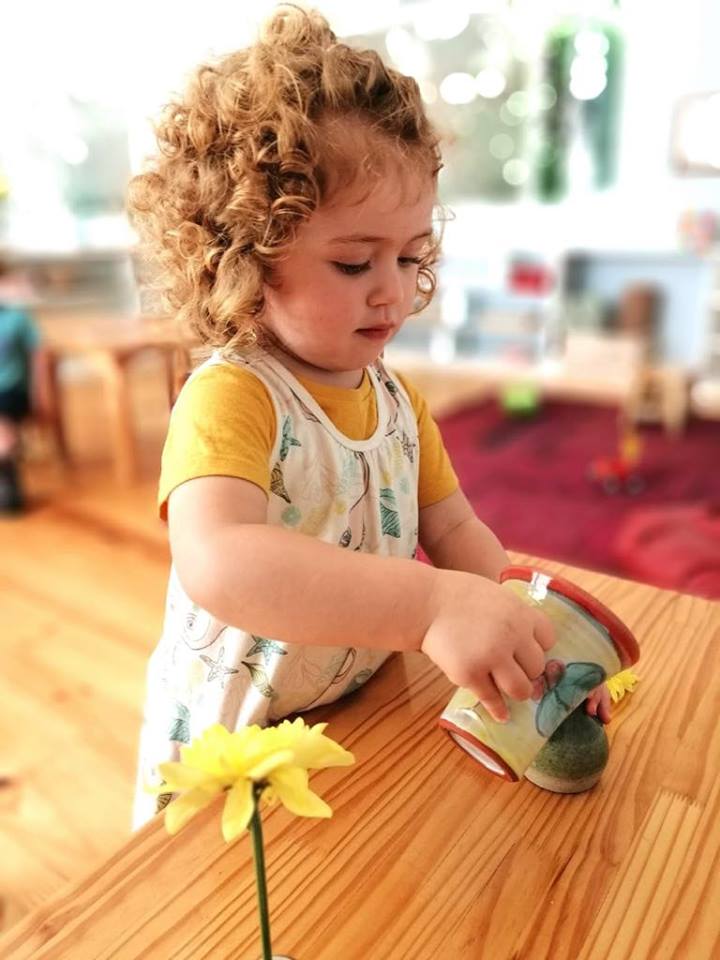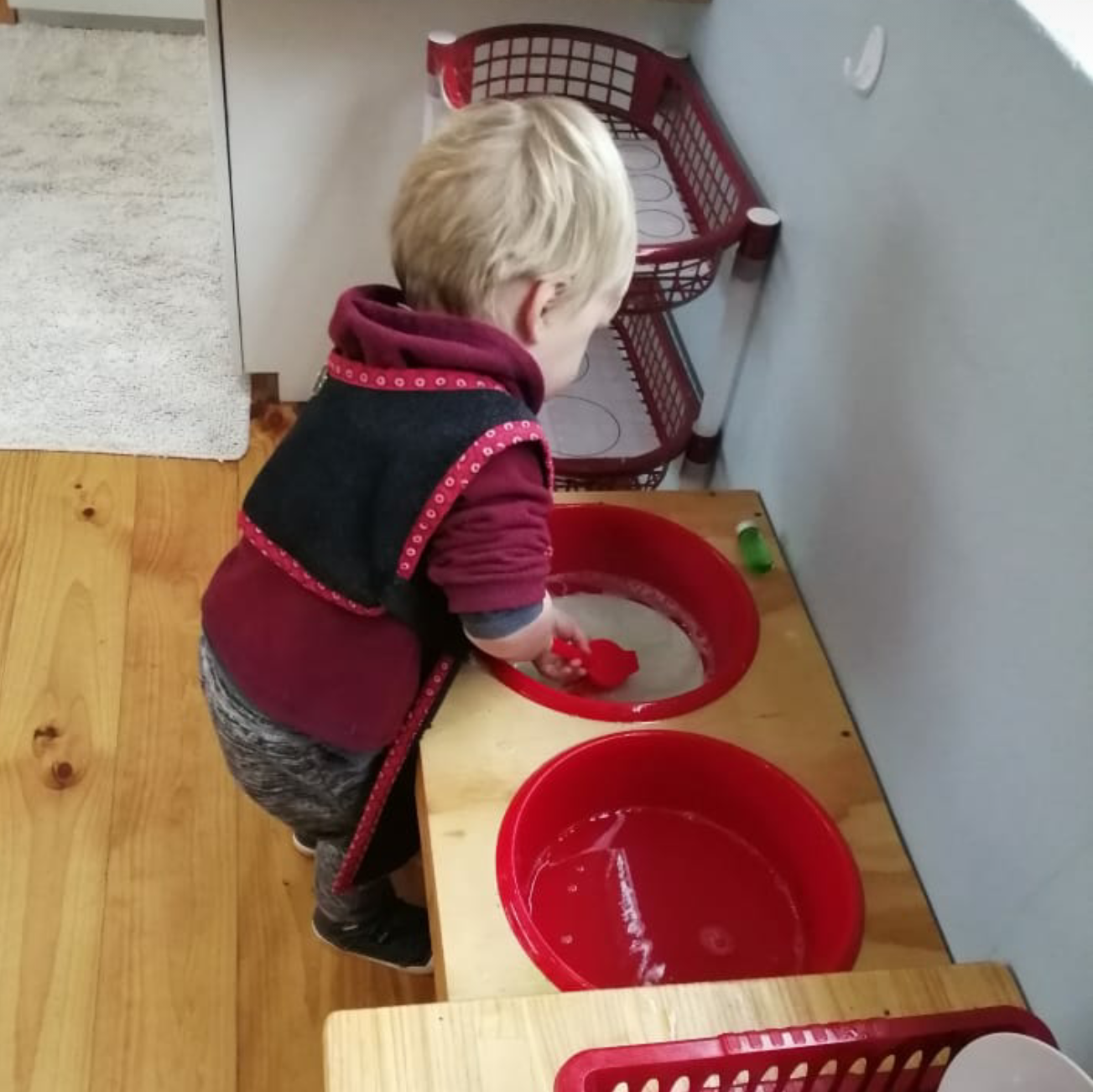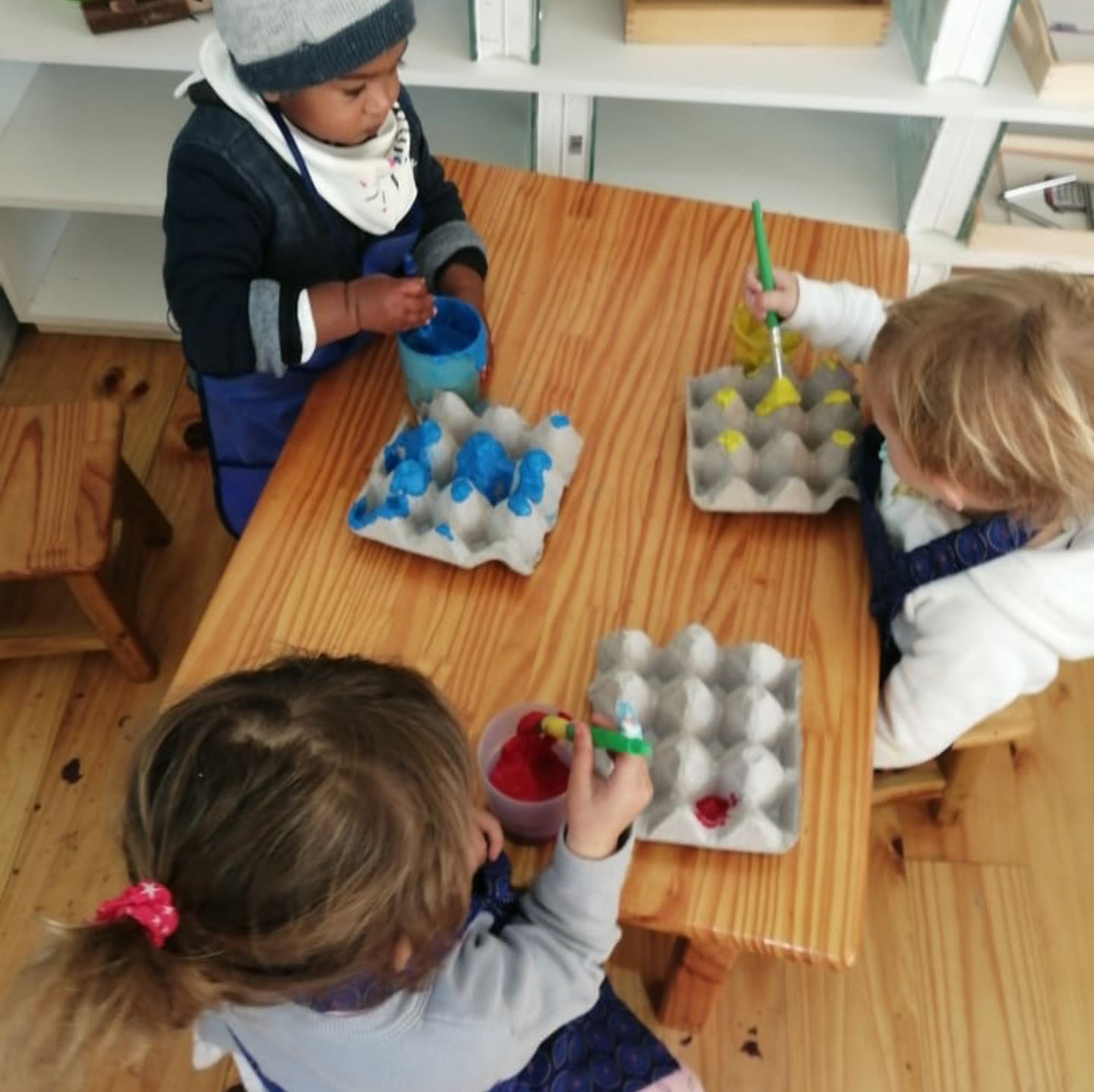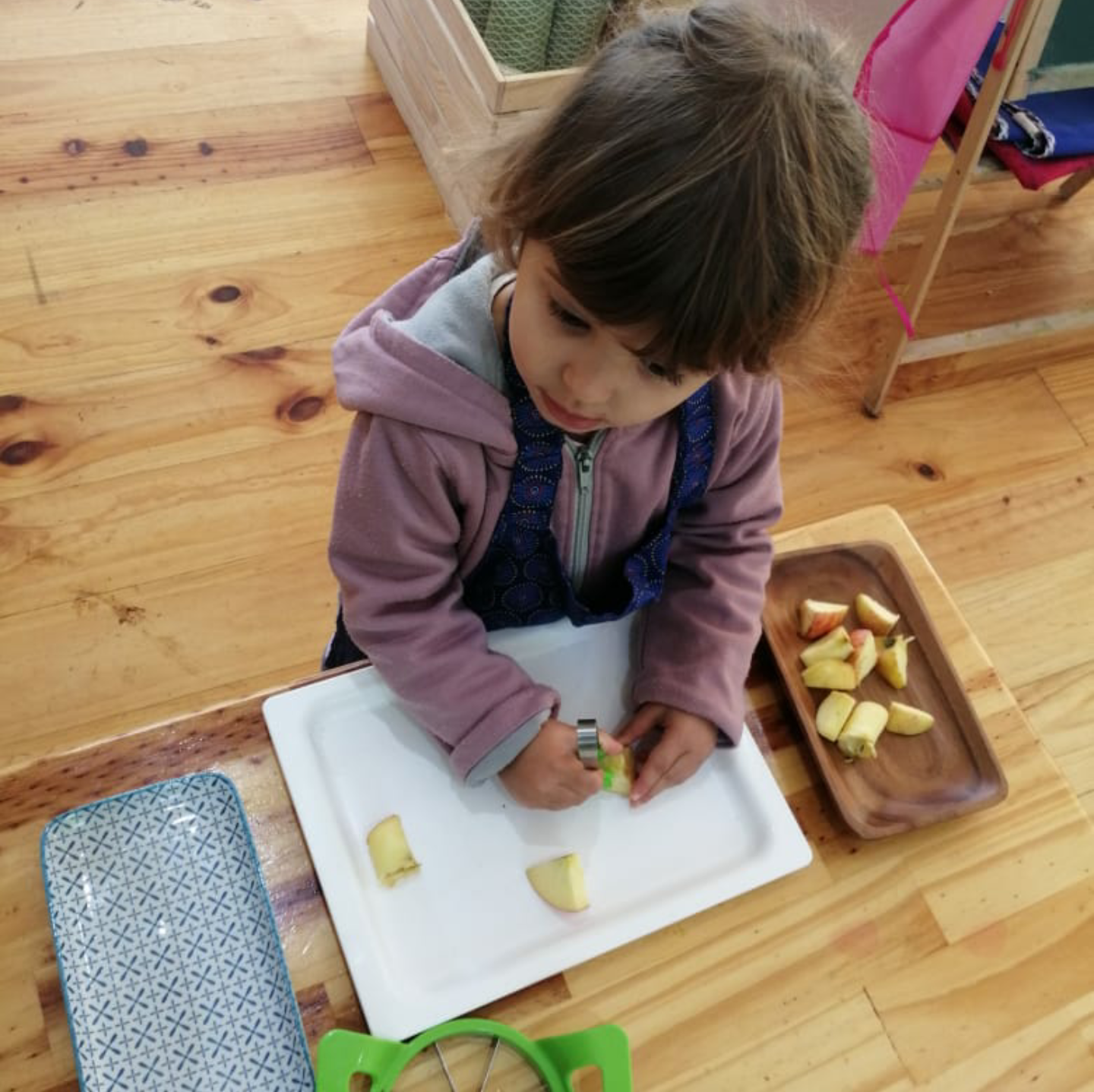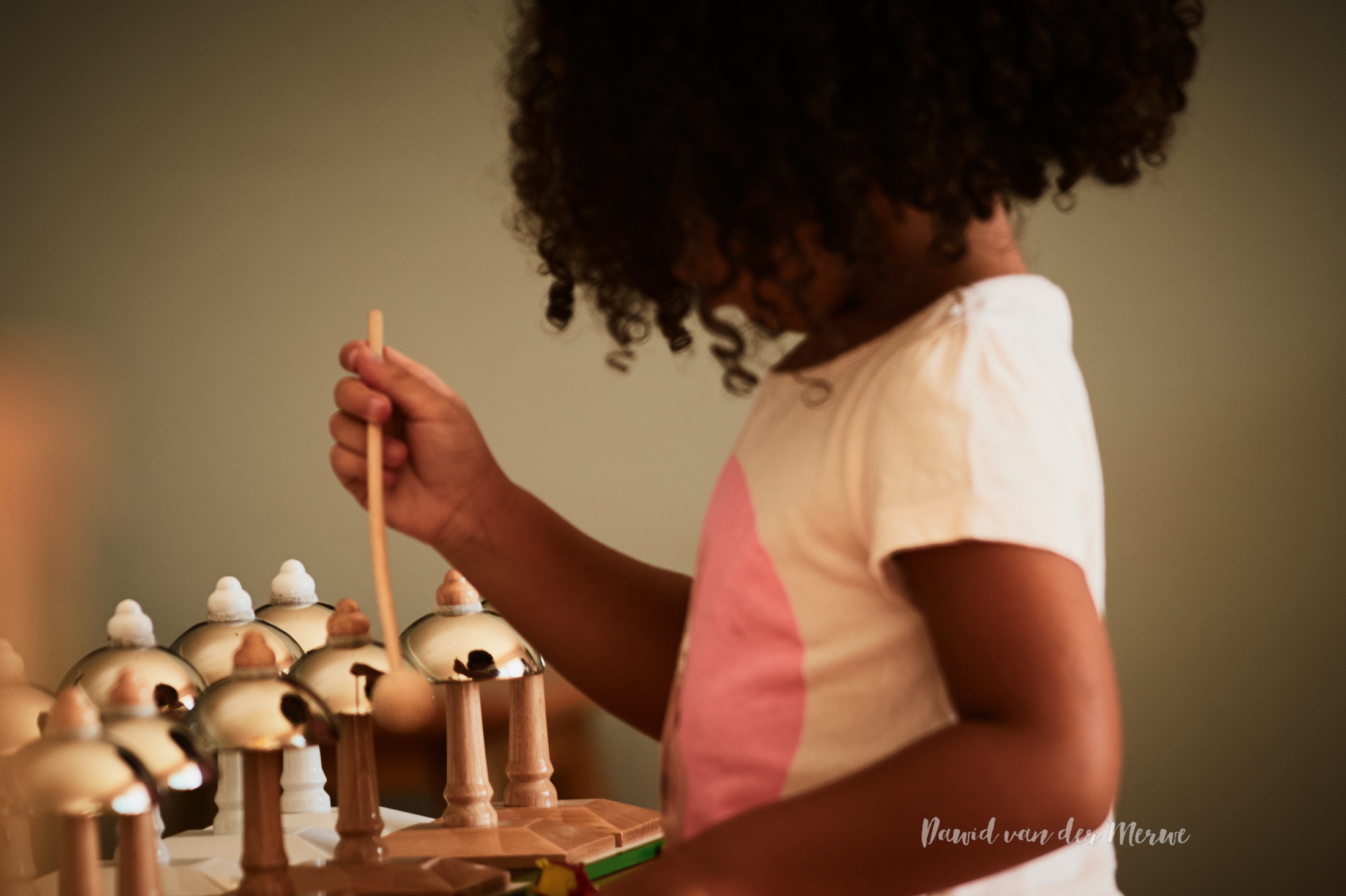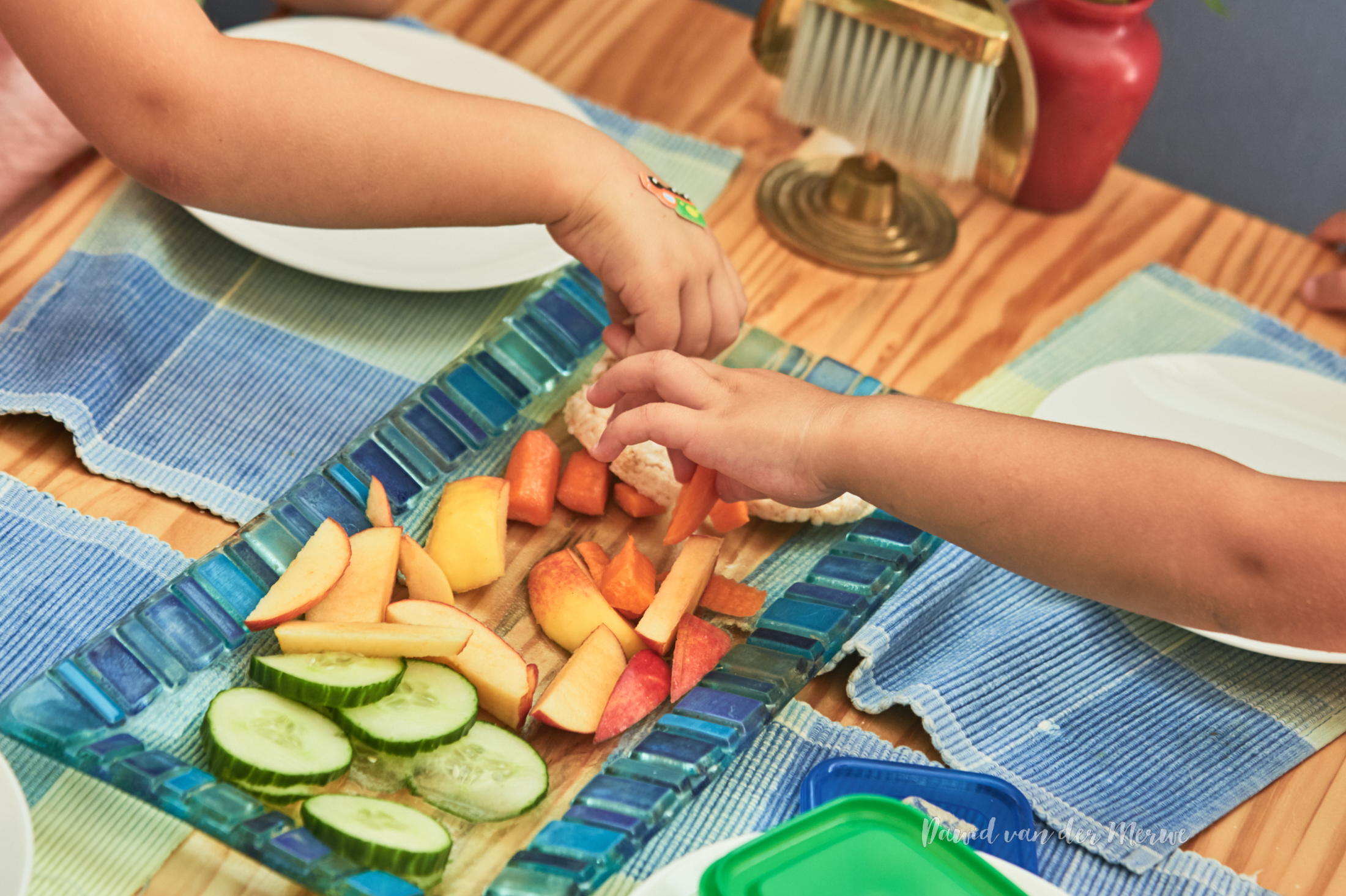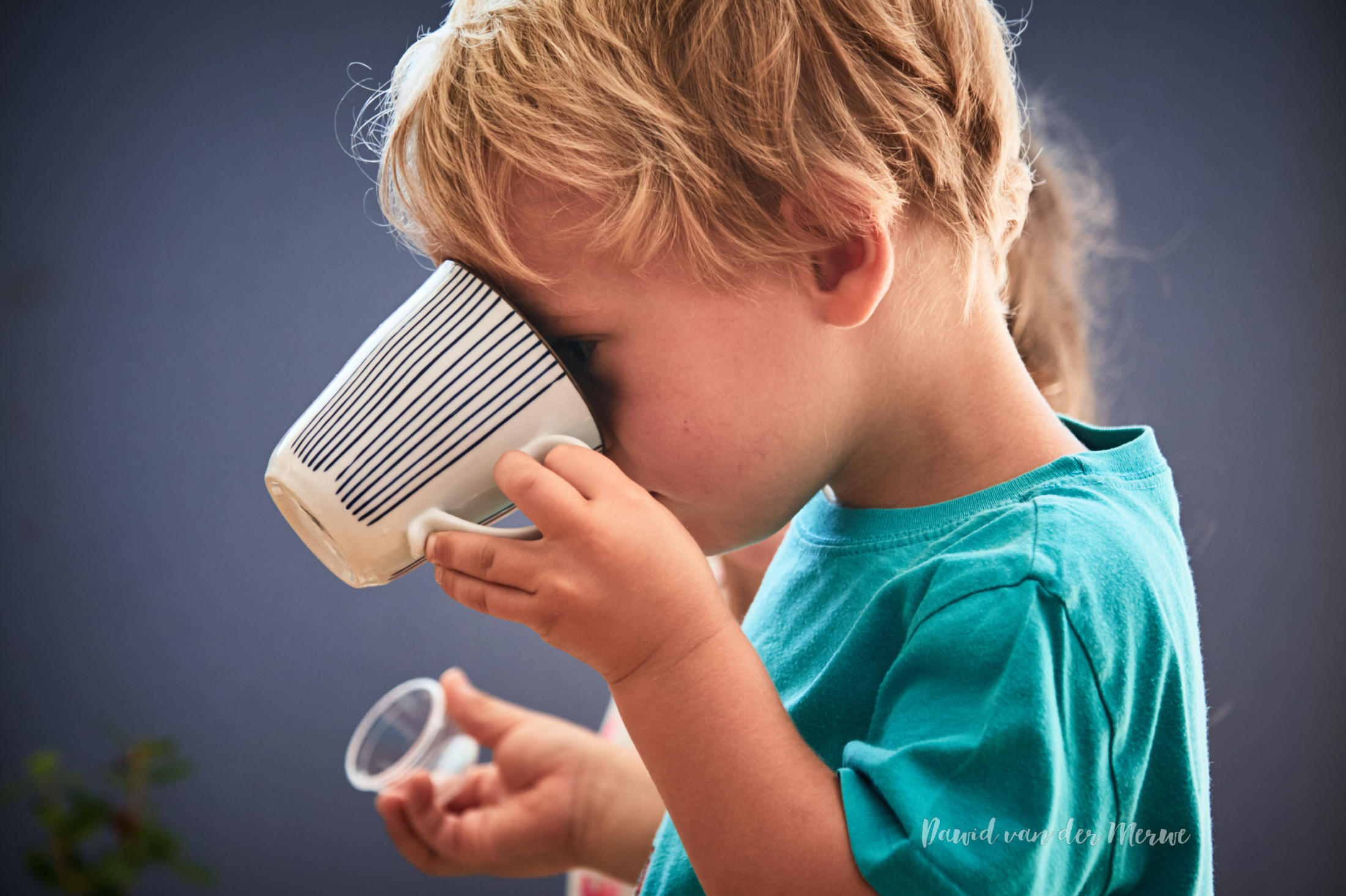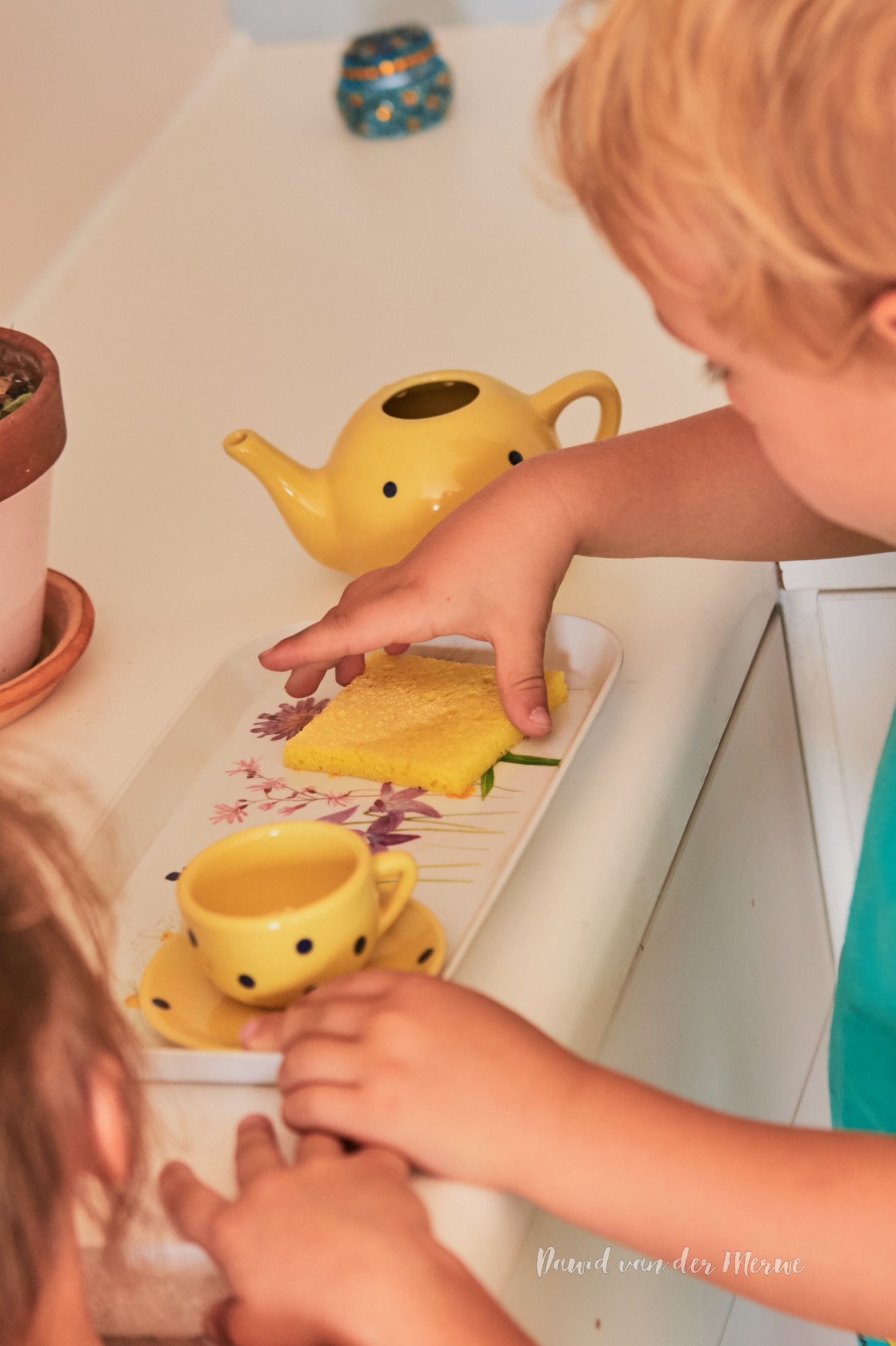Help Me to Help Myself: Independence and the Montessori Philosophy
“Help Me to Help Myself”: Independence and the Montessori Philosophy
Source: Jennifer Shields - The Montessori Guide
Maria Montessori had an innovative perspective regarding education. She did not look at a set of skills or a body of knowledge. Instead she focused on the development of the whole person over the course of gaining maturity:
“Montessori saw education as a means whereby children might develop their personalities so as to eventually achieve a mature and independent adulthood.”
(Mario Montessori, Education for Human Development)
Isn’t that what each of us wants? For our child to become an adult who can make good decisions, who feels confident and knows her or himself? Who can both accept their reality and work to make the world a better place? The fundamental foundation for this independence is laid at the beginning of a child’s life.
An aid to life
Maria Montessori noted that while animals are driven by instincts, bound by them to certain behaviors, human beings must create a self or personality as they mature. Through observation, she identified “guiding instincts” that incite the human to develop.
“Maria Montessori noted that while animals are driven by instincts, bound by them to certain behaviors, human beings must create a self or personality as they mature. Through observation, she identified “guiding instincts” that incite the human to develop.”
To help the child reach her/his full potential, we try to understand these inner drives and offer the best guidance and environment in which that foundation of the personality can be formed. Only the child can achieve self-construction. Adults have the responsibility to assist them. We study to understand the stages of growth and we prepare ourselves and the environment to foster their best development.
Then we let go—it is the child who strives to be independent to grow and to learn. It is their process. While we may believe we are “helping” the child, in fact, any time the adult offers assistance or interrupts, they become an impediment to the child’s growth.
Montessori observed children and found they had drastically different characteristics at different ages. From birth to age three, the child takes in her/his world while unconscious of the process. She/he is a sensorial learner; unable to use logic or reasoning to process these experiences. Their absorbent minds allow them to adapt to their environment. The Inuit child becomes an Inuit; the Taiwanese child a Taiwanese. The environment becomes them, in a sense. To help them develop to their greatest potential, we must allow these children access to their world. We can only indirectly influence this very young child. From ages three to six years, they are still absorbent and still forming that foundation of their personality, but becomes more conscious about choices. The adult can more directly affect this child and directly influence her development.
Initially, the infant bonds with her mother, then with her family. This healthy emotional attachment will allow her/him to reach out into the world successfully.
“While we may believe we are “helping” the child, in fact, any time adults offer assistance or interrupts, they become an impediment to the child’s growth.”
Movement is a major acquisition during this phase. She/he needs freedom to move and a view of the environment. From lifting the head and neck to the sweet baby “push ups” to rolling over, grasping at objects, and eventually creeping and crawling—this progression of coordinated movements involves myelination of the baby’s nervous system. These patterns of nerve firing are strengthened. From baby’s perspective, she/he is urged from within to move and coordinate movement. By fostering an environment that allows a baby to move freely, with a movement mat, a floor bed instead of a crib, with comfortable clothing, and by avoiding having her/him in containers (including prolonged periods of time in a car-seat, bike trailer, swing, etc.), she/he can maximize her development.
Soon the child will be pulling up, then cruising and walking. Now her/his hands are free and she/he can more freely manipulate objects. Montessori called the hand the tool of the intellect. Through coordinating the hands, the child can master her environment, so we are very aware of giving material that will help her/him progress in her/his grasp, hand strength and fine motor control. To the child under six, we must offer the best of reality: to the youngest the best, Montessori said. The materials: child-sized tools such as a small broom, a lovely china pitcher for practicing pouring, a wagon, balls, a little watering can, etc. By giving her/him a chance to care for and interact with the environment, she/he may coordinate the desires of her/his mind with the movements of her/his body. This draws her/him into concentration, leading to self-discipline. She/he can experience activities that allow her/him to master the movements and steps in caring for her/his body also: combing her/his hair, washing hands at a special stand, fastening snaps on a frame.
All of these activities allow the child to experience her/his own abilities: she/he can practice in an unhurried setting. She/he has been shown the movements in a clear and consistent way, free of interference or chatter. The materials are lovely, real, sized just for her/him, and color-coded so she knows they make up a set. All of these practical life materials help the child attain functional independence.
Language is the other major conquest of the young child. If movement allows the child independence in harnessing the body to do her/his bidding, language allows for successful social interaction. She/he can absorb whatever language is in her environment without effort, just by living. How she/he acquires her/his mother tongue is affected by the quality of interactions and language. If we offer positive, stimulating communication, she/he experiences language as alive, useful, and exciting. It really is a simple system—what goes in comes out. Offer rich vocabulary. Instead of, “Give me that thingie,” we can ask, “Andrew, would you hand me the rolling pin?” Specific terminology helps them order and classify their world and to eventually use those terms to express their thoughts, feelings, and needs. We also listen attentively to each child. We do not correct her/him directly, as it will discourage her/his attempts at communication. Electronic language stimulation does not help her/him with this acquisition—in fact it interferes with her/his language capacities. Even “educational” television or computer games are a negative influence on her/his language and movement.
Order helps the young child conquer her world. She/he knows what to expect if objects are in the same place: from the rocking chair where she/he is nursed to the place where her/his toys and clothing are stored. We limit the objects in the environment. Less is more. We can rotate toys on her/his shelf so that only a few items may be mastered and no huge mess can be generated. The order of objects in her/his world and order of our responses to her/him will become part of who she is. External order creates internal order and this is a significant foundation to the intellect.
The Montessori teacher considers her role to be a guide or directress, acknowledging that it is the child’s work to develop. We prepare the environment so the child can master movements and become functionally independent—she/he can meet her own needs. She/he has a way to use the toilet so she/he needs as little help as possible. The adult examines the environment to remove any obstacles to the child’s independence: is the sink too high? Can we find a smaller dustpan and brush to fit the child’s hand? Is there a place to put cloths after wiping up a spill? We observe and wait to see if the child can solve a problem or if other children might step in to help. The large class size and mixed ages help insure that this spontaneous help will arise, allowing children to experience leadership and to follow good peer role models.
The young child delights in opportunities to master movements and experience independence. She/he works alongside others. It is not in her/his nature to share yet or even take turns. If she/he chooses work, it is hers/his and she/he uses it as long as she/he wishes. As she/he nears age four and a half, she/he may begin to collaborate in a small group successfully. However, natural social interactions take place among the mixed ages of children. This unfolds in the class as the children are ready.
The teachers consistently model positive social behavior. The Montessori guide respects the child as she/he studies the psyche of the child, prepares the environment, and observes the child’s behavior. She offers lessons based on the individual child’s needs, one on one, so that the child can have a customized lesson, tailored to her/his interest and ability.
Each lesson isolates a difficulty—e.g., how to use scissors. We show “open, close,” demonstrating rather than explaining. We separate the use of the scissors from the flower arranging that involves using the scissors. In this way, the child is only mastering one new skill at a time. She/he becomes independent because she/he can wholly focus on each small skill, not overwhelmed.
The lesson is called a “presentation” because it is a kind of gift. It is up to the child to choose that work again, to decide when and where to repeat and practice that activity. If the adult has observed well and prepared the environment successfully, the child will be eager to repeat. Through repetition and through free choice, the child builds up her/his skills her-himself and experiences success. She/he can cut with scissors, wipe up a spill, button a sweater, polish wood, serve her/him-self a snack. She/he gets to know her/his likes and dislikes. The materials give her feedback—is there still water on the table? Is there a button not showing on the frame? She/he does not need to ask an adult to evaluate her/his work. This control of error empowers the child to seek her/his own level of mastery. These experiences contribute to psychological independence, an important goal we have for the child. It is a pivotal time of forming her/his personality; she/he is able to assess her/him-self, make choices, and experience consequences. All this occurs within a setting of freedom of choice (she/he can choose from among the lessons she/he has received) and clear limits that keep everyone safe.
The adult sets the limits, prepares the environment, and links the child to the materials with customized lessons. The adult must also protect the essential freedoms of the class and respect the child in all ways. We even go so far as to be mindful about the undermining effects of praise. The child ought to experience success on her own terms. We do not interrupt her/his work with “good job,” nor do we want her/him to depend on us for her self-esteem.
“By the time the child is ready to move up to the elementary classroom, her teeth may be falling out and her body becoming lanky and tall, but more importantly her psychological characteristics are changing.”
By the time the child is ready to move up to the elementary classroom, her/his teeth may be falling out and her/his body becoming lanky and tall, but more importantly her/his psychological characteristics are changing. Her/his mind is now a reasoning one. She/he wants to take on larger questions of “why” and has a desire to know about the bigger picture. Montessori says the child between ages 6 and 12 years has a “herd instinct,” a strong need to work with peers. A parent may feel left out by this child who is very stable, very driven to be with his friends. We must accept that he is happy with peers and will thrive amongst them. It is not a slight to the family, but a sign that the child is healthy and reaching out into the world when she/he wants to be with his friends.
This older child has the skills and abilities she/he mastered before age six, but we have to realize that she/he no longer is as focused on order. She/he may know how to make a bed and while she/he used to enjoy this task, now he does not. At this age, we have to appeal to the child’s reasoning mind: we delineate chores or responsibilities and give him chances to experience consequences if she/he shirks her/his duties. One elementary teacher reported that she allowed a few plants in the classroom to die if a child, after being reminded, did not follow through on his chore.
In a Montessori school, the elementary aged child is ready for lots of group work, and she/he thrives on organizing the roles and responsibilities within it. Who will record the research? Who will illustrate the timeline? What about the presentation to the larger group? Do you remember setting up little clubs with your friends when you were this age? Hours might be spent organizing the rules and structure of the group. We work with the nature of this child, building in opportunities for group work rather than discouraging chatting and socializing. As in the primary class, we have to allow the child to have choice in what she/he researches: e.g., what kind of transportation would you like to investigate? I recall one very detailed timeline that a pair created on the history of the toilet. The element of choice ensures the child is self-motivated.
“We work with the nature of this child, building in opportunities for group work rather than discouraging chatting and socializing.”
The concept of justice is an important one to this child. We have to allow her/him to explore what is right and wrong and be sensitive to her/his challenges of, “But it’s not fair!” or tattling-type behavior. The elementary age child is trying to work out the rules of society, and she/he may have many questions and need to discuss what she/he notices. This summer, on a long stretch of road in very flat Kansas, my daughter was very concerned if I drove even two miles above the speed limit on the highway. “But, Mom, you’re speeding! Look at the sign.” This exploration of ethics will help the child come to an independent concept of right and wrong for her/him-self.
We are continually walking the careful line with our children as parents and as Montessori guides: to understand the child’s phase of growth, her/his abilities, interests, and challenges. If we can support her/him and know when to help and when to more importantly step back, to create the richest and most appropriate environments made up of materials, routines, and people that will stimulate and enrich the child at that time, she/he will be able to come to know her/him-self. She/he masters first functional, then psychological, and eventually intellectual independence as she/he matures. I asked my 15-year-old son what independence meant to him and he said, “Become your own person.” I think that is what we all want for our children.
© AMI/USA 2014
Learning The Ordinary Magic That Constitutes A Life
If you like our Children’s Centre and think that friends’ or neighbours’ children will benefit from attending here, then please share this to your social media pages or interest groups.







